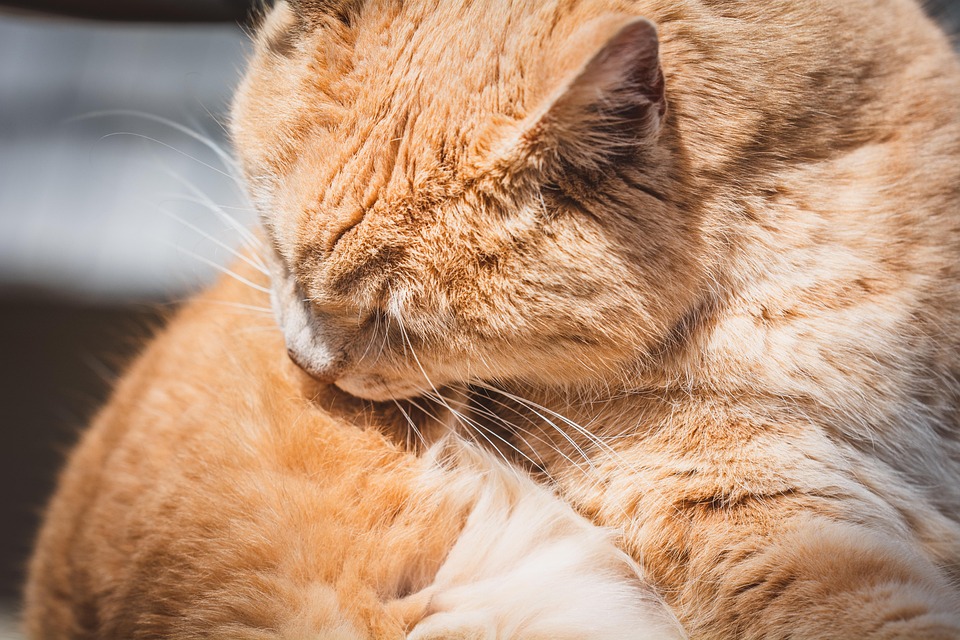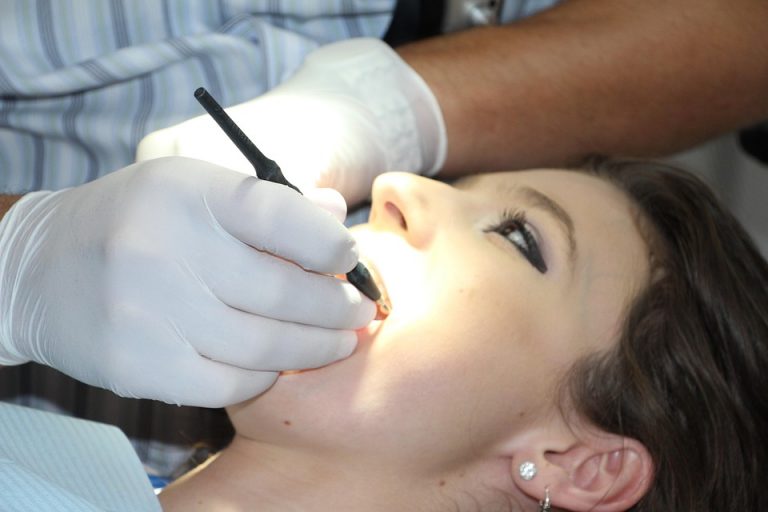Cat grooming tips are the short, smart actions that keep your cat healthy, comfortable, and less likely to scratch the furniture — and they matter to you because your time is limited and your cat deserves calm care. Good grooming reduces hairballs, skin irritation, and vet visits. It also strengthens the quiet, stubborn bond between you and your cat. If you’re rushed, these practical moves will give your cat better health and give you back minutes in your day.
Contents
Why Quick Grooming Works For Busy Lives
You don’t need an hour-long ritual to care for a cat. Small, consistent habits win. A few minutes of gentle brushing every day removes loose fur and stops painful mats. Veterinarians at the American Veterinary Medical Association show that routine grooming prevents many common problems, and that prevention saves time and worry later.
Think of grooming as triage, not a spa day. When you learn how to spot issues early — dandruff, fleas, sore spots — you avoid urgent vet trips. Research from Cornell’s Feline Health Center explains that regular handling makes cats more tolerant of necessary medical checks. That translates into fewer fights and less stress for both of you.
Cat Grooming Tips You Can Do In Five Minutes
This section gives you the moves. Each one is fast, effective, and built for busy schedules. Use them separately or stack them: five minutes in the morning and five before bed can transform your cat’s coat and mood. I’ll show you how to make every minute count.
1. Brush Smart, Not Long
Choose the right tool. Short-haired cats often do best with a rubber brush or grooming mitt; long-haired cats need a wide-toothed comb and a slicker brush. Brushing removes loose fur and distributes skin oils so the coat stays glossy. Aim for two to five minutes daily; your cat will learn this rhythm and even start to purr.
Keep treats handy and praise every small win. A University of California study on pet handling notes that positive reinforcement improves tolerance for grooming. Brushing is not about force — it’s about rhythm, pressure, and trust.
2. Quick Nail Checks And Fast Trims
Nail maintenance is fast and crucial. Clip the tips of claws every two weeks or file them if your cat hates clippers. If your cat lets you touch paws, you’ve won half the battle. Hold each paw gently, press to extend the claw, and snip the clear tip — never the pink quick.
For cats who stiffen, do one or two claws per session. Over time, shorter sessions let you complete a full trim without drama. AVMA guidance supports gradual handling to reduce stress and injury.
3. Wipe Faces And Eyes Daily
Some cats get tear stains or crust around the eyes. A quick wipe with a soft, damp cloth prevents build-up and irritation. Use warm water and very gentle strokes. This is a two-minute habit that keeps your cat comfortable and reduces visits to the vet for eye infections.
If you notice persistent discharge or redness, call your veterinarian. The Cornell Feline Health Center has clear guidance on when eye symptoms require medical attention — don’t ignore sudden changes.
4. Use A Fur-Friendly Lint Roller Or Deshedding Tool
When you’re in a hurry, a lint roller is your secret weapon for removing loose fur from both cat and couch. For a deeper clean, a deshedding tool used once a week drastically cuts how much hair ends up on your clothes. These tools are fast, painless, and surprisingly therapeutic for your cat when you sync strokes with their breathing.
Long-haired cats may need more frequent attention. A short deshedding session once or twice a week prevents mats and hairballs, which are more time-consuming problems later.
5. Quick Skin And Coat Checks
Run your hands over your cat every few days: feel for lumps, bumps, or hot spots. Check the coat for fleas, scabs, or unusual bald patches. This five-minute habit catches issues early. A quick scan is worth an hour in a panic later.
Fleas and skin problems are common. The Centers for Disease Control and Prevention explain that flea control and early detection protect both pet and household health. When you detect something unusual, take a photo and call your vet — many problems respond best to early action.
6. Fast Dental Care Routines
Bad breath and tartar build-up don’t get fixed on their own. Brush your cat’s teeth with a pet-safe toothpaste a few times a week. If your cat won’t tolerate brushing, offer dental treats or water additives recommended by vets as a quick compromise. Small daily steps protect against painful dental disease that costs time and money later.
Veterinary dental studies show that routine at-home care reduces plaque and extends feline comfort. Even a one-minute session several times a week is better than nothing.
7. Make Baths Rare, Warm, And Calm
Most cats don’t need frequent baths. If your cat gets into something sticky or simply needs a clean, a brief, warm bath can be done calmly with the right plan. Prepare towels, a non-slip surface, and pet shampoo. Keep water shallow and move slowly — your calm matters more than technique.
For cats that hate water, use waterless shampoo wipes or grooming foam. They give the same clean without the fight. The Royal Veterinary College suggests that grooming methods should minimize stress; choose the option that keeps both of you safe and calm.
Tools Every Busy Owner Should Own
Spend a little once and save hours. Keep these on hand: a slicker brush, a rubber grooming mitt, a deshedding tool, a pair of sharp cat nail clippers, pet toothpaste and brush, and a pack of grooming wipes. Each tool speeds the process and raises the quality of care.
Buy the best you can afford. Cheap clippers and dull scissors create fear and injury. A small investment in quality tools pays off in shorter sessions and fewer emergency fixes.
How To Build A Five-Minute Daily Routine
Routines stick when they’re short and pleasing. Try this: morning brush (2–3 minutes), quick paw and face wipe, and a night lint roll before bed. Keep one favorite treat that only appears during grooming. Your cat will come to expect — and even relish — these moments.
Consistency trains even the most aloof cat. Pet behaviorists at Cornell recommend pairing grooming with quiet talk and gentle strokes to make sessions predictable and safe.
When To Call The Vet
Not all problems are DIY. If you find swelling, persistent scratching, bleeding, or changes in appetite or litter box habits, call your vet. Early intervention prevents small problems from becoming emergencies. When in doubt, send a photo; many clinics offer fast advice via telemedicine or text.
Trust your instincts. You know your cat’s moods and routines. If something feels off, act. Veterinary teams prefer early calls that avoid complicated treatments later.
Practical Examples From Real Owners
One busy vet tech I spoke with brushes her cat every morning while she sips coffee. Another uses a lint roller during phone calls. A weekend worker trims two nails a night until all are done. These are simple hacks, and they work because they’re small and repeatable.
Adopt what fits your life. You don’t need to copy someone else’s ritual. Mix the habits that match your schedule and your cat’s temperament, and keep the rest simple.
Bottom Line
Cat grooming tips are not a luxury — they are an efficient way to protect your cat’s health and your time. Ten minutes a day split into bite-sized moves prevents hairballs, skin trouble, and vet stress. Use the right tools, reward calm behavior, and call your vet when you see warning signs. You’ll save time, money, and heartache with small, steady care.
Follow these seven quick strategies and watch your cat relax into a routine that respects both your schedule and their dignity. You’ll both be better for it.
FAQ
How Often Should I Groom My Cat?
Most cats benefit from a few minutes every day or at least several times a week. Short-haired cats need less brushing than long-haired breeds, but everyone needs consistent checks for skin, claws, and teeth. Short, daily sessions build tolerance and reduce bigger problems later.
Can I Use Human Shampoo On My Cat?
No. Human shampoo can irritate a cat’s skin and strip protective oils. Use pet-formulated shampoo or grooming wipes designed for cats. If your cat has skin issues, consult your veterinarian for a medicated option.
What If My Cat Hates Being Groomed?
Start slow: one-minute sessions, positive reinforcement, and neutral handling. Break grooming into small steps and reward each success. If fear persists, speak with your vet or a certified animal behaviorist for tailored strategies.
Are There Any Tools I Should Avoid?
Avoid scissors without rounded tips, steel combs that pull, and human nail clippers that crush instead of cut. Cheap tools can frighten or injure your cat. Invest in one or two high-quality items and learn to use them gently.
Visual lien and to paragohras:
Grooming your cat doesn’t need to be elaborate. A few minutes, the right tools, and a calm approach will keep your cat healthy and your life sane. Start small, stay consistent, and call your vet for anything out of the ordinary.
References
The American Veterinary Medical Association outlines basic grooming and preventative care recommendations for pets (https://www.avma.org/resources-tools/pet-owners/petcare/grooming-tips).
Cornell University College of Veterinary Medicine provides guidance on feline handling, grooming, and the health benefits of routine care (https://www.vet.cornell.edu/departments-centers-and-institutes/cornell-feline-health-center).
The Centers for Disease Control and Prevention explains flea prevention and the importance of early detection of parasites in household pets (https://www.cdc.gov/healthypets/pets/cats.html).
The Royal Veterinary College offers advice on minimizing stress during grooming and choosing appropriate grooming techniques for different animals (https://www.rvc.ac.uk/reviewed/grooming-and-stress).








